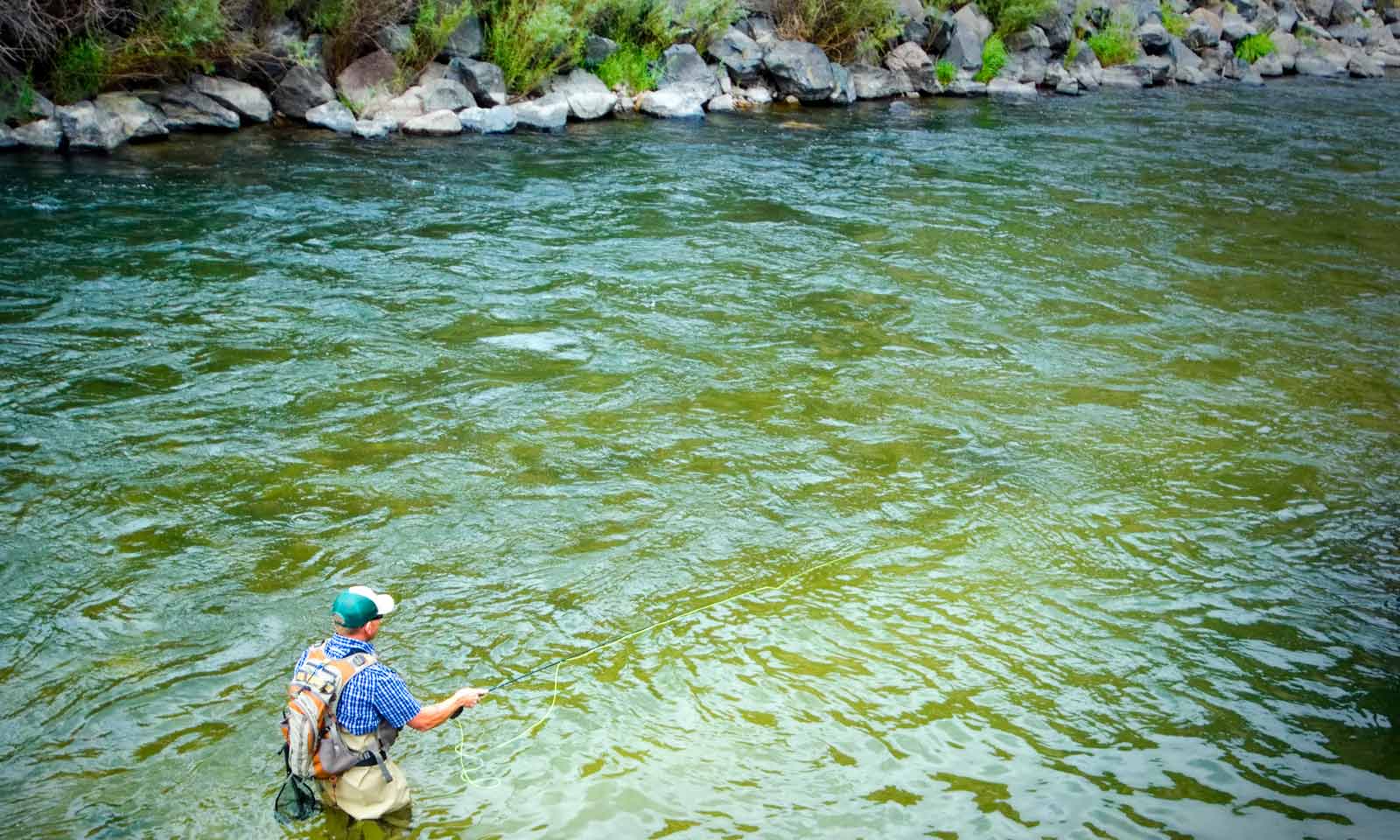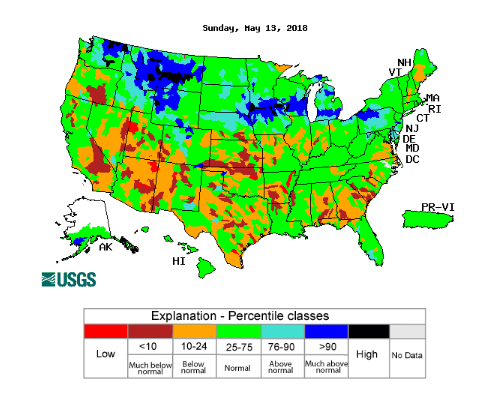Select any one of the states to learn more about this year’s trends in streamflow.

Earth Protect Blog
- Font size: Larger Smaller
- Hits: 2037
- 0 Comments
Streamflow in the West

Streamflow in the West
By Robert Harris, Senior Staff Attorney | May 8th, 2018
The healthiest flowing rivers in the West have one thing in common: a robust streamflow sufficient to meet all of the diverse uses of rivers. Flowing rivers sustain wetlands, provide habitat for native fish and wildlife, offer recreational opportunities for outdoor enthusiasts, water our crops, and supply drinking water. Our communities need each of these river benefits to survive and thrive.

What is happening with streamflow in your state?
Why is streamflow important to the West?
The healthiest flowing rivers in the West have one thing in common: a robust streamflow sufficient to meet all of the diverse uses of rivers. Flowing rivers sustain wetlands, provide habitat for native fish and wildlife, offer recreational opportunities for outdoor enthusiasts, water our crops, and supply drinking water. Our communities need each of these river benefits to survive and thrive.
What are the long term trends in streamflow in the West?
Western rivers are under pressure from increased withdrawals of water (called diversions), dams, and climate change, which means there is increasingly less water staying in rivers and natural lakes. Streamflow is especially sensitive to the amount of snowpack western states receive during the winter months, and the amount of evaporation that takes place before rain or snow reaches rivers. As temperatures increase due to climate change, leading researchers predict significantly lower river flows in the Colorado River Basin. This means rivers and reservoirs are likely to receive less water overall, but also potentially during critical times when fish, wildlife, and communities need water the most.
What are the major trends in streamflow in the West this year?
USGS Water Watch uses streamgages to monitor streamflow throughout the year. The maps below show the percentile classes of daily streamflow compared to historic streamflow for each watershed.
- Any basin colored in red or orange, means streamflow is currently much below orbelow normal.
- Any basin colored in green, means streamflow is normal.
- Any basin colored in light blue or dark blue means streamflow is above or much above normal.

Comments
-
Please login first in order for you to submit comments













